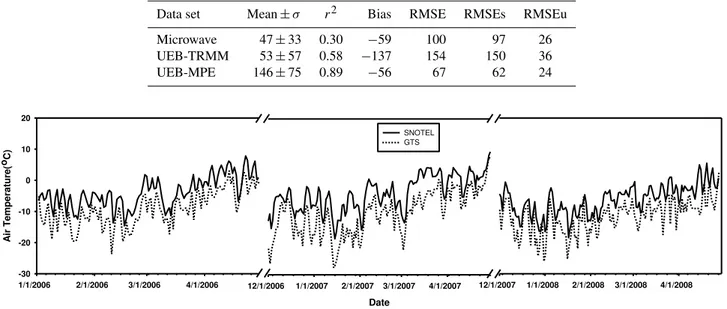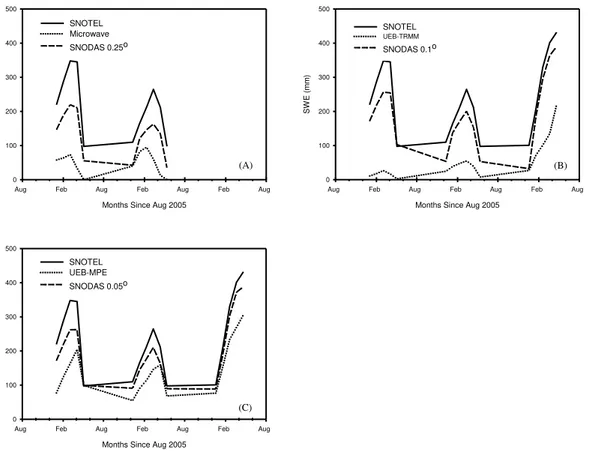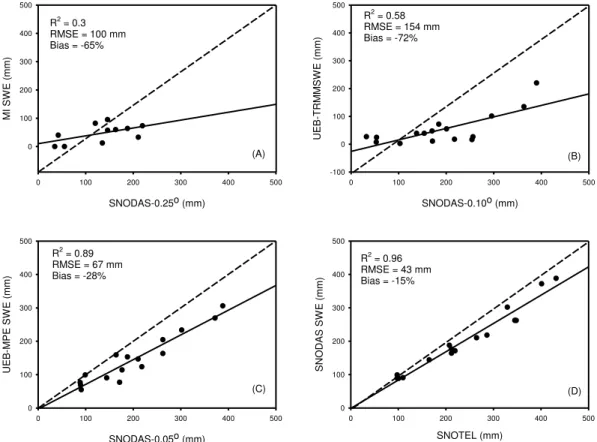Large scale snow water equivalent status monitoring: comparison of different snow water products in the upper Colorado Basin
Texto
Imagem

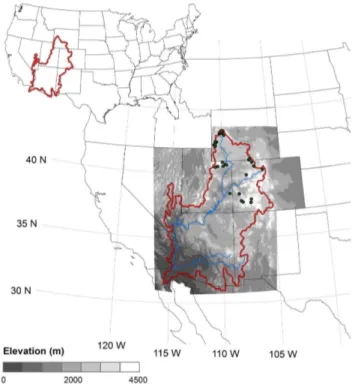

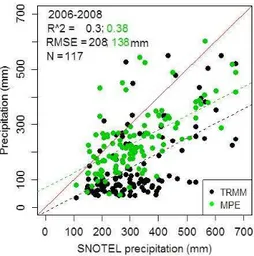
Documentos relacionados
Here, we use airborne radar altimetry data and snow density measurements de- rived from snow/firn cores and neutron-probe observations obtained over the dry snow zone of the GrIS
The aim of the present work is to compare the temporal variations of GRACE- derived mass changes expressed as equivalent water thickness (EWT) and TRMM precipitation data over
A Microsoft data center in San Antonio is using 8 million gallons of water per month (Zahodiakin, 2014); similarly, for Facebook, higher temperatures demand more cooling, and this
In the Cerro Tapado record, chloride seems to be the best tracer of sublimation since the increase of chloride concentration in the surface snow layer is pro- portional to the
How to fuse all kinds of snow information (snow depth measurements from meteorological stations and derived from passive microwave sensors, and MODIS SCA products) to produce snow
The structure of the remelting zone of the steel C90 steel be- fore conventional tempering consitute cells, dendritic cells, sur- rounded with the cementite, inside of
Tbs from the three microwave radiometer instruments (AMSR-E, SSM/I and SMMR, Sect. 3.1) were extracted and collocated with the reference data sets introduced above for open
The thermodynamic snow model SNTHERM and the microwave emission model for layered snowpacks (MEMLS) were used to identify the contribution of regional patterns in atmospheric
